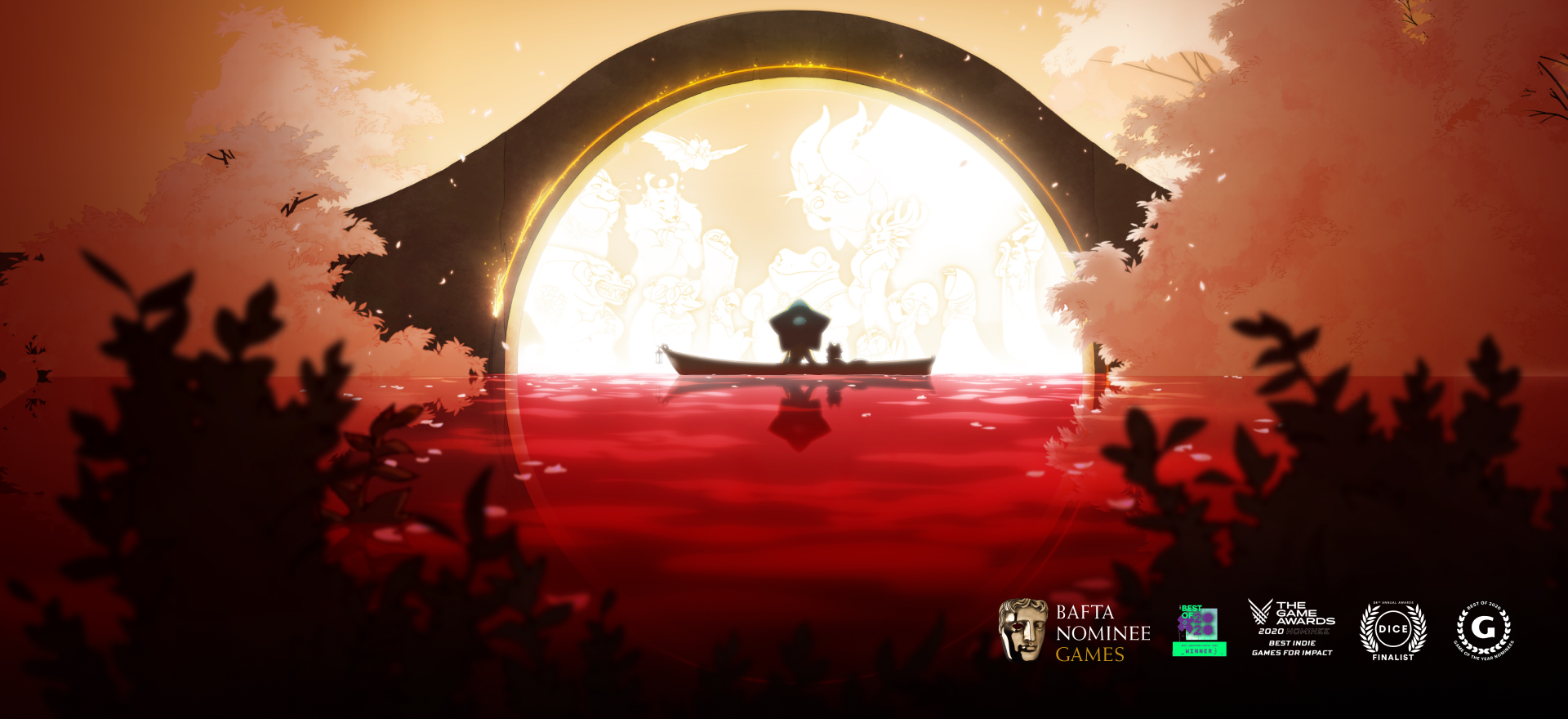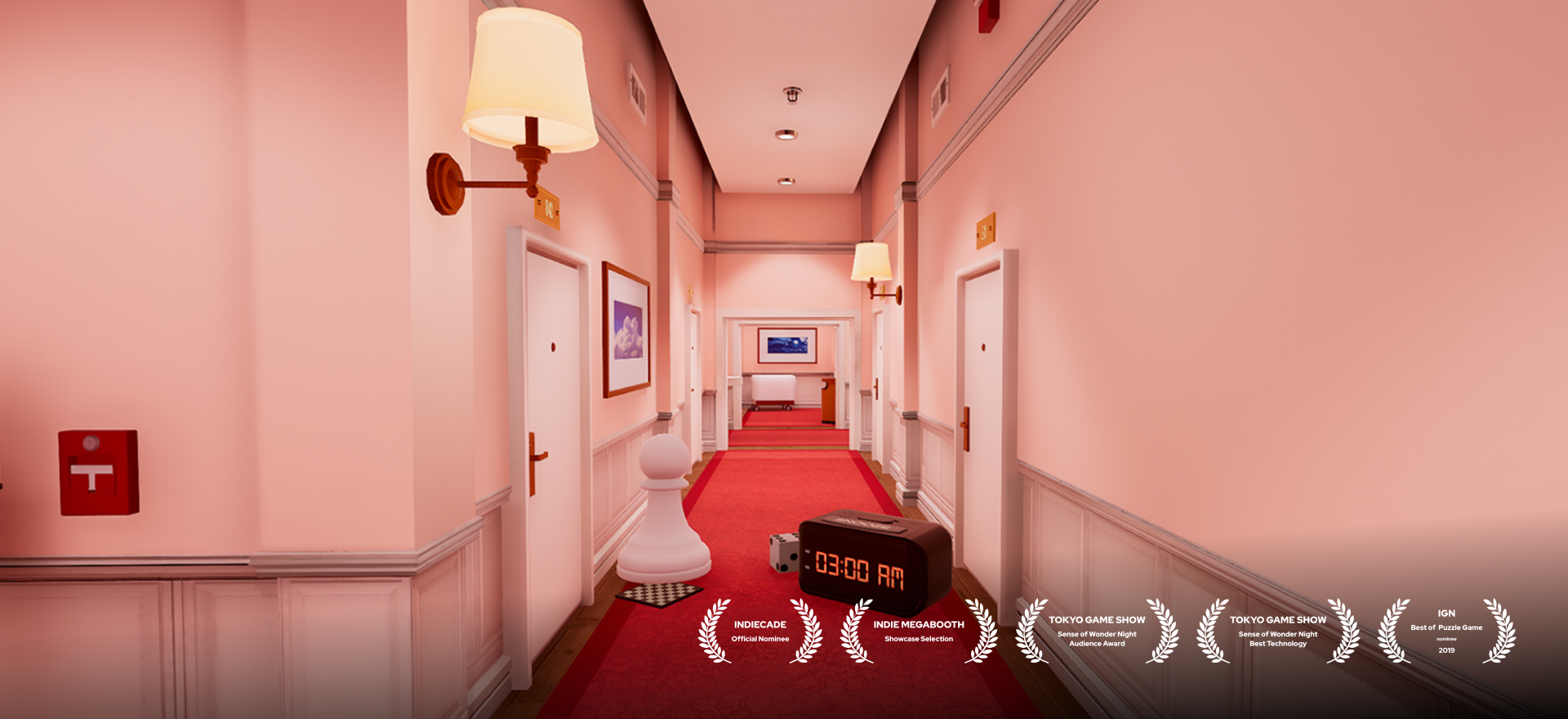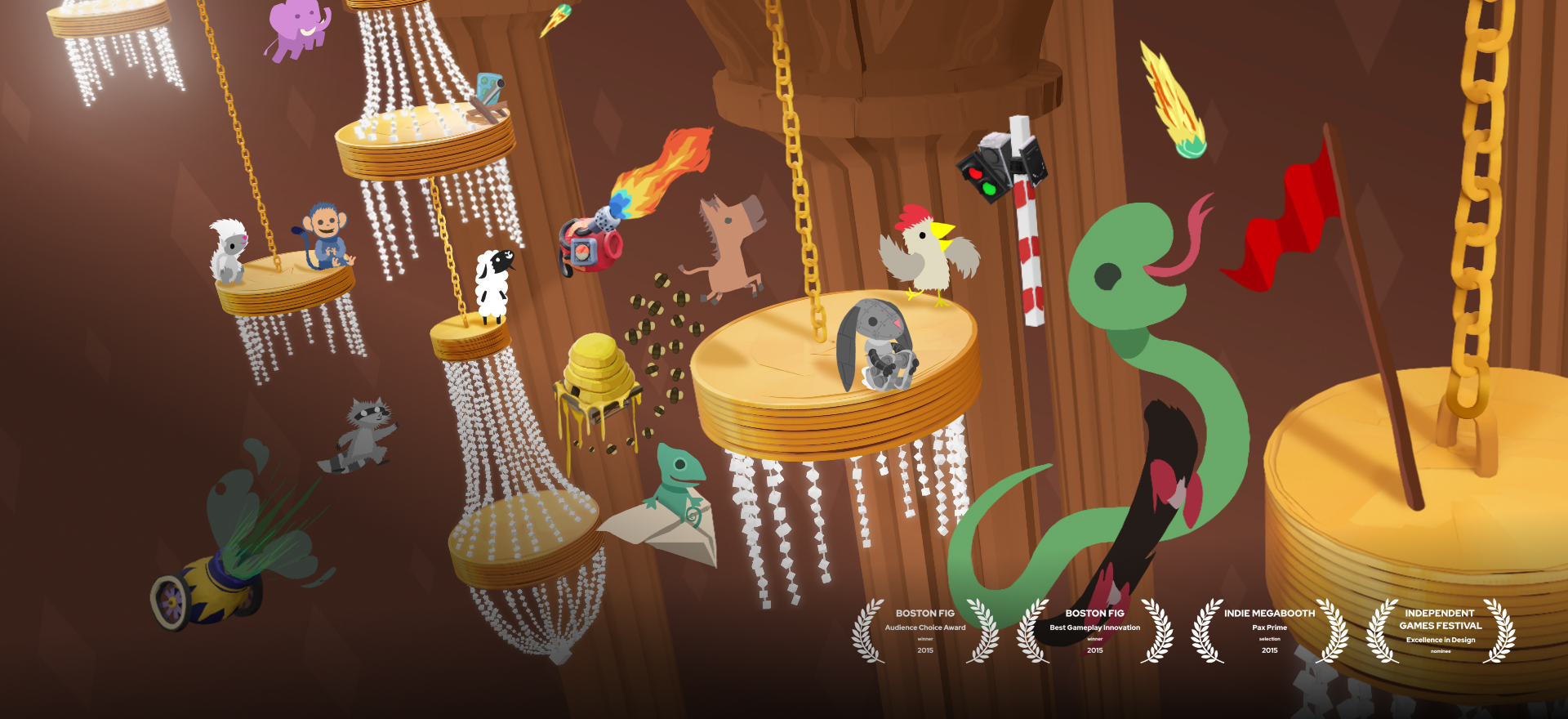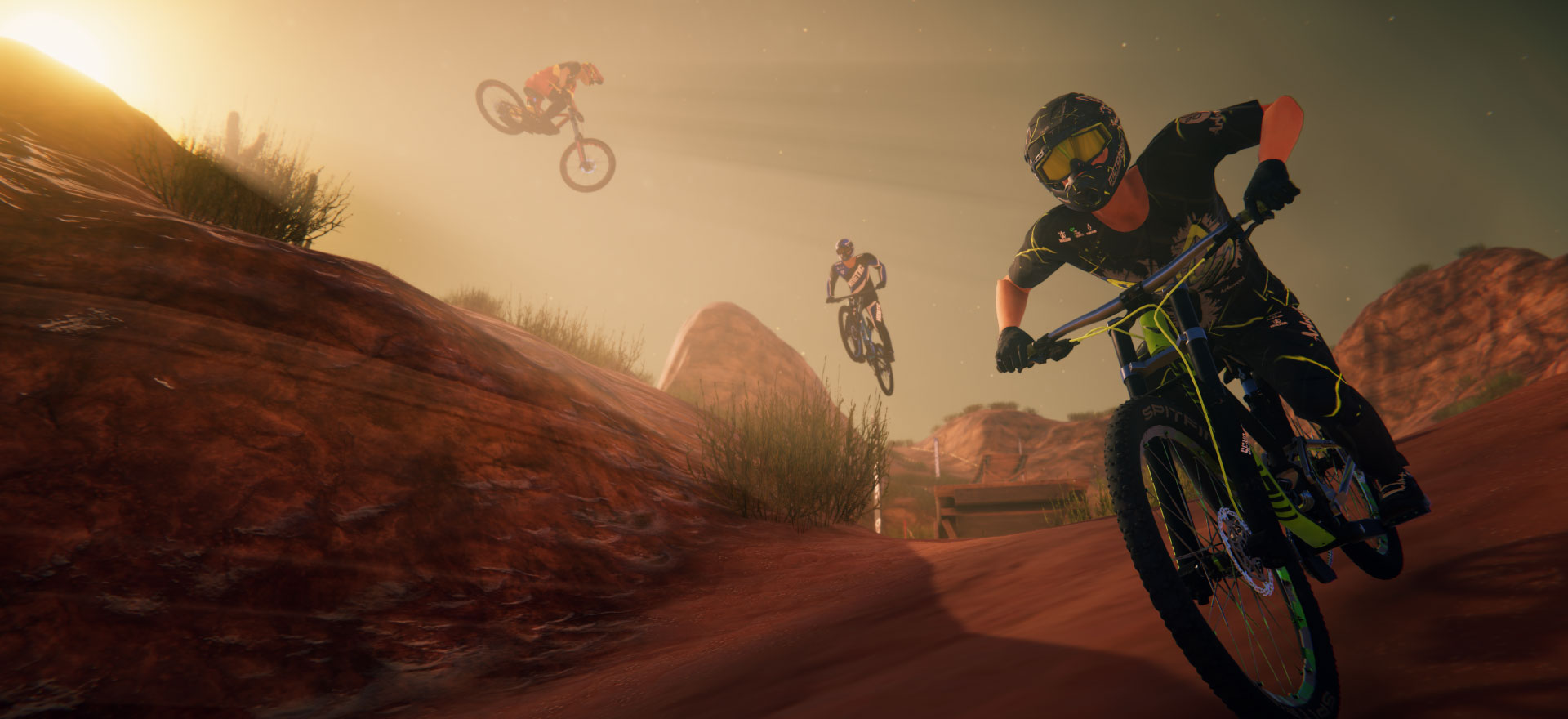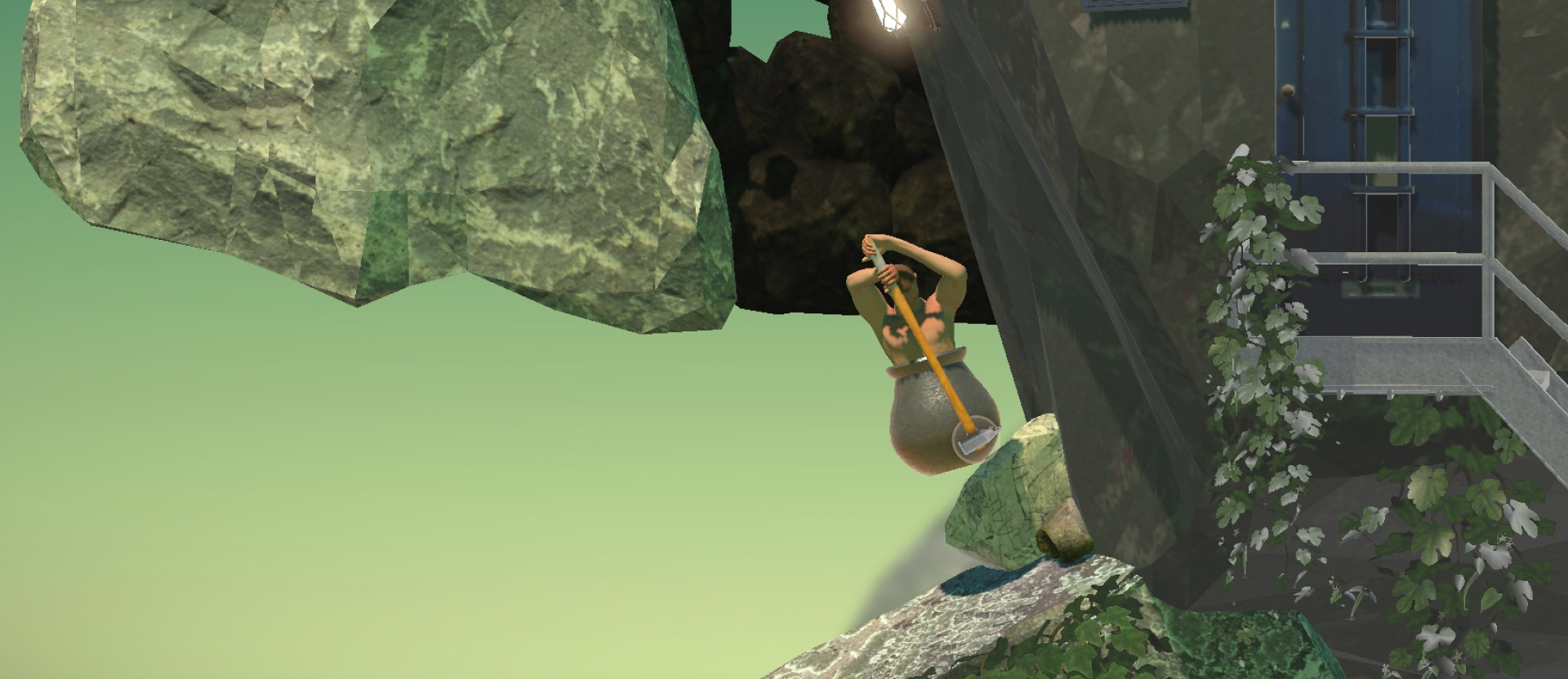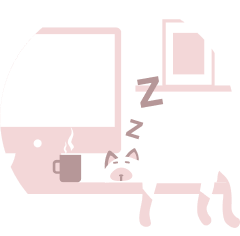OUR GAMES
PUBLISHING GAMES
China Publishing
We help you reach
Chinese audience
Release your game on over 20 Android stores
Carefree for SDK integration with our tech support
Feature guarantee from various stores
Global Publishing
We bring your game to
worldwide massive players
Help you see your game top-charting
Give you clear and actionable insights to monitor and
constantly improve your games
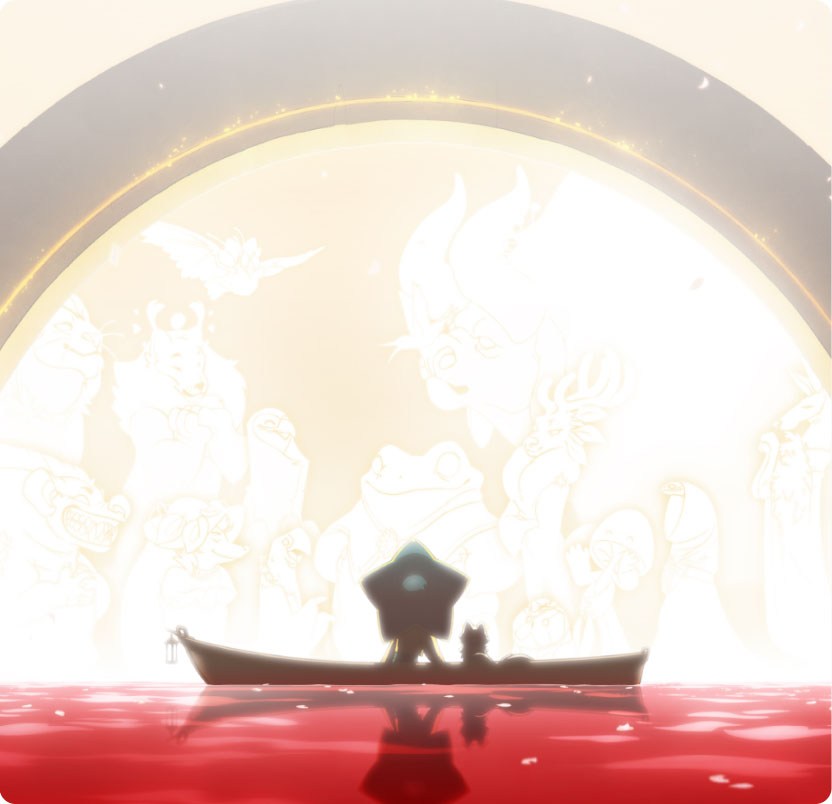
Let's make a Pop Game
Each hit game just starts with a neat idea.
Let's get the work rolling!
LATEST NEWS
The ISBN of the game Descenders has been released
Aug 02 2024
In 2024, the ISBN of the game Descenders has been released!
It will soon be available to players in China.
Descenders is a fast-paced extreme downhill biking game that's easy to pick up, but difficult to master.
Take on different jumps, slopes and hillbombs every time you play. Push your rider for massive scores and combos!
Thank you for your anticipation and support for Descenders!

